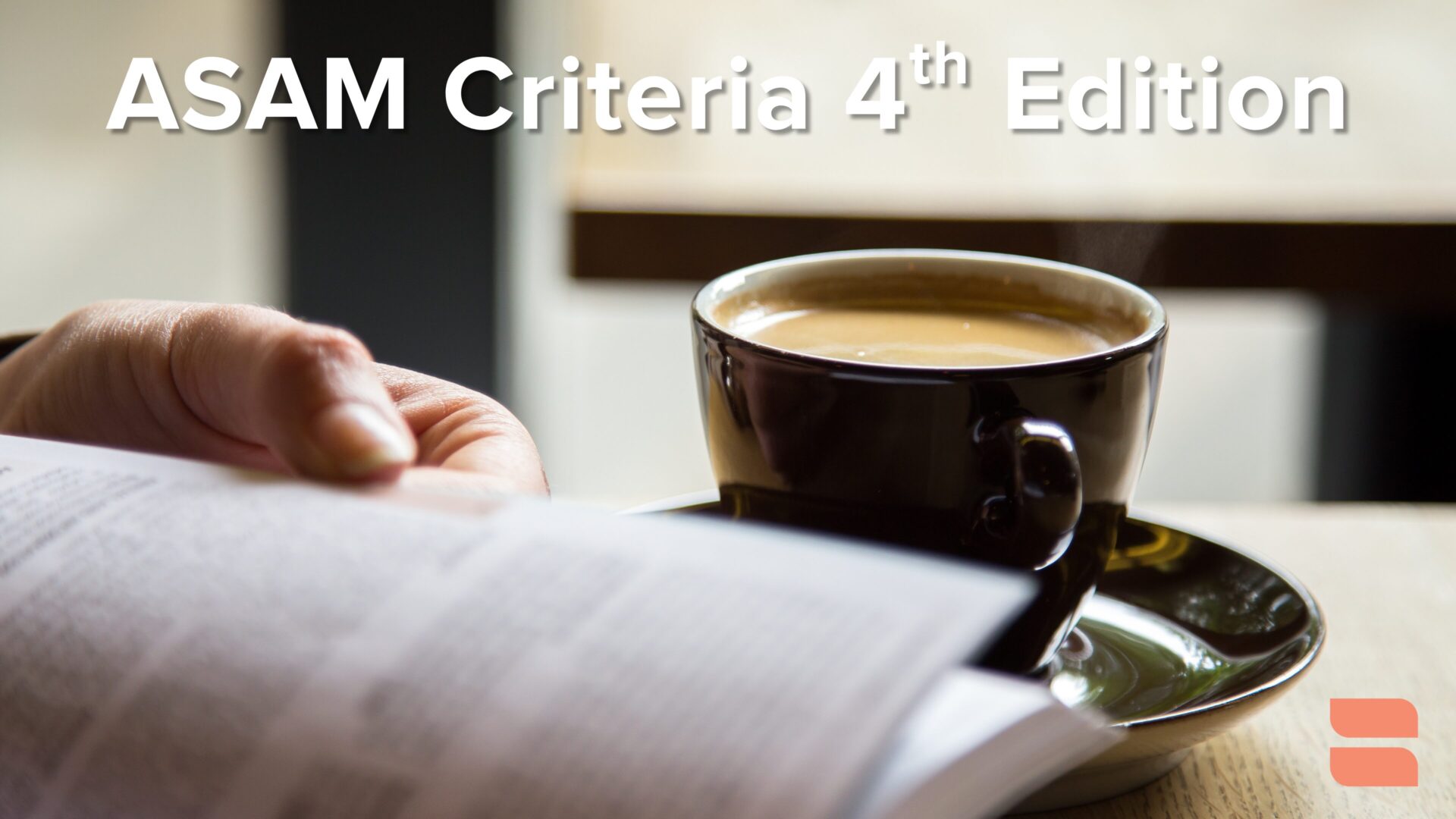A Modern Framework for Individualized Addiction Treatment
The ASAM Criteria Fourth Edition marks a significant evolution in the way we assess, treat, and support individuals with substance use disorders (SUDs). Released more than a decade after the Third Edition, this comprehensive update reflects critical changes in the behavioral health landscape, including a stronger emphasis on integration, person-centered care, chronic disease management, and health equity.
Here’s a clear breakdown of what’s changed and what it means for your team and your clients.
Treatment as a Continuum, Not a Checklist
The Fourth Edition retains four broad levels of care: Outpatient, Intensive Outpatient/High-Intensity Outpatient, Residential, and Inpatient but emphasizes that care should flow dynamically along a continuum based on patient needs and progress.
Key shifts:
- Decimal levels (e.g., 1.5, 2.5, 3.7) now clarify service intensity and type
- x.1 and x.5 = Clinically managed (therapy-focused)
- x.7 = Medically managed (includes biomedical services)
Admission Based on Clinical Need, Not Treatment History
The 4th Edition eliminates arbitrary prerequisites for treatment admission.
- Decisions are based solely on current clinical need, not past treatment failures
- This supports early intervention, equity, and better access to care
Redesigned Dimensions for Clarity and Integration
ASAM’s signature six dimensions have been reorganized, renamed, and refined to better support modern terminology and co-occurring conditions.
Old → New Mapping:
- Acute Intoxication & Withdrawal → Intoxication, Withdrawal & Addiction Medications
- Biomedical Conditions → Biomedical Conditions
- Emotional/Behavioral/Cognitive → Psychiatric & Cognitive Conditions
- Readiness to Change → Integrated throughout all dimensions
- Relapse/Potential → Substance Use-Related Risks
- Recovery Environment → Recovery Environment Interactions
New Dimension:
Person-Centered Considerations – Focuses on social determinants of health (SDOH), care barriers, preferences, and motivational needs.
Holistic & Integrated Care Expectations
The new framework emphasizes whole-person care and system-wide integration at all levels.
Key additions:
- All levels must be co-occurring capable
- x.7 levels require integrated physical and behavioral healthcare
- Recovery Support Services (RSS) must be accessible or coordinated
- Chronic disease monitoring is now part of Level 1.0
Shared Decision-Making at the Center
Patient voice is central throughout the treatment process.
- Shared decision-making and informed consent are required at every stage
- Treatment plans must reflect the individual’s goals, barriers, preferences, and context
New Assessment and Planning Tools
Two distinct tools now support clearer and more actionable care delivery:
- Level of Care Assessment – Recommends initial placement
- Treatment Planning Assessment – Builds a customized care plan
Both draw from updated dimensions and subdimensions for transparency and alignment.
Expanded Clinical Guidance Chapters
New and updated guidance now includes best practices for diverse populations and care needs:
- Telehealth and technology in care
- Trauma-sensitive and culturally humble care
- Pain and cognitive impairment
- Nicotine and tobacco use
- Justice-involved individuals
- Pregnant and parenting populations
- Safety-sensitive workers
Coming soon: ASAM Criteria for adolescents, justice-involved patients, and behavioral addictions.
Why This Matters for Providers
The ASAM 4th Edition is more than an update, it’s a modernization of one of the field’s most influential clinical frameworks.
To align with the new standard, providers must:
- Update documentation, workflows, and policies
- Train staff on the new dimensions and assessment tools
- Ensure co-occurring services and recovery supports are embedded
- Fully embrace a person-centered, integrated treatment model
Alleva is a leading behavioral health EHR platform built to support the clinicians and organizations changing lives. Designed by industry professionals, our cloud-based solution simplifies documentation, strengthens compliance, and promotes whole-person care—so providers can focus on what matters most: helping people heal.

